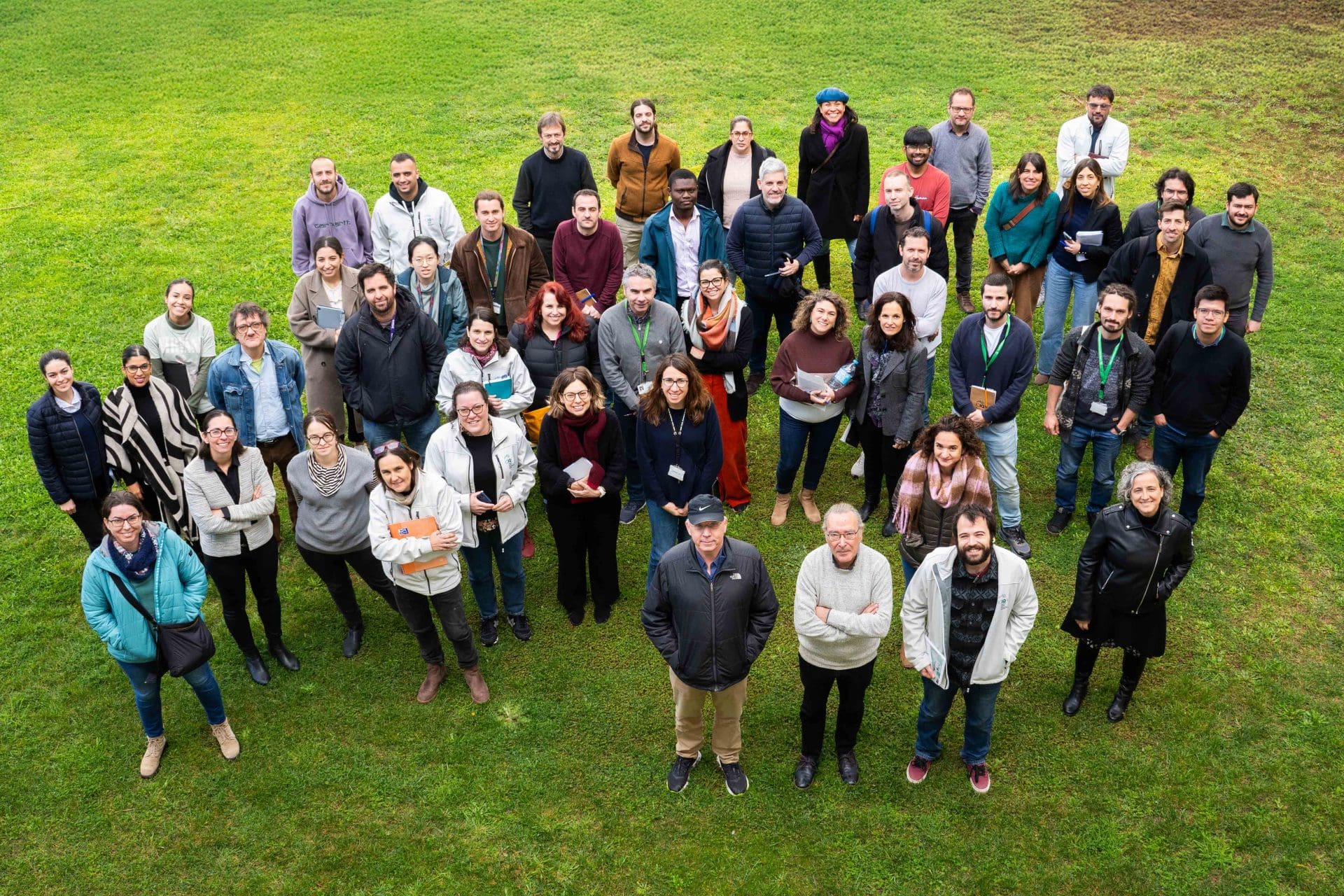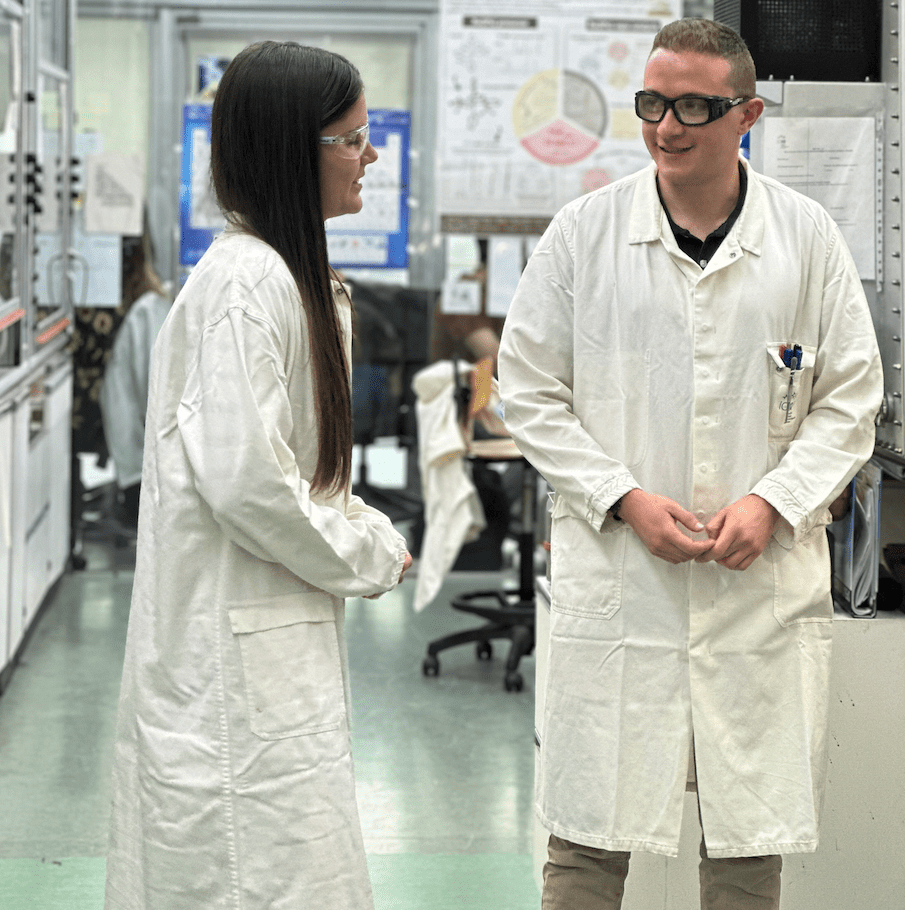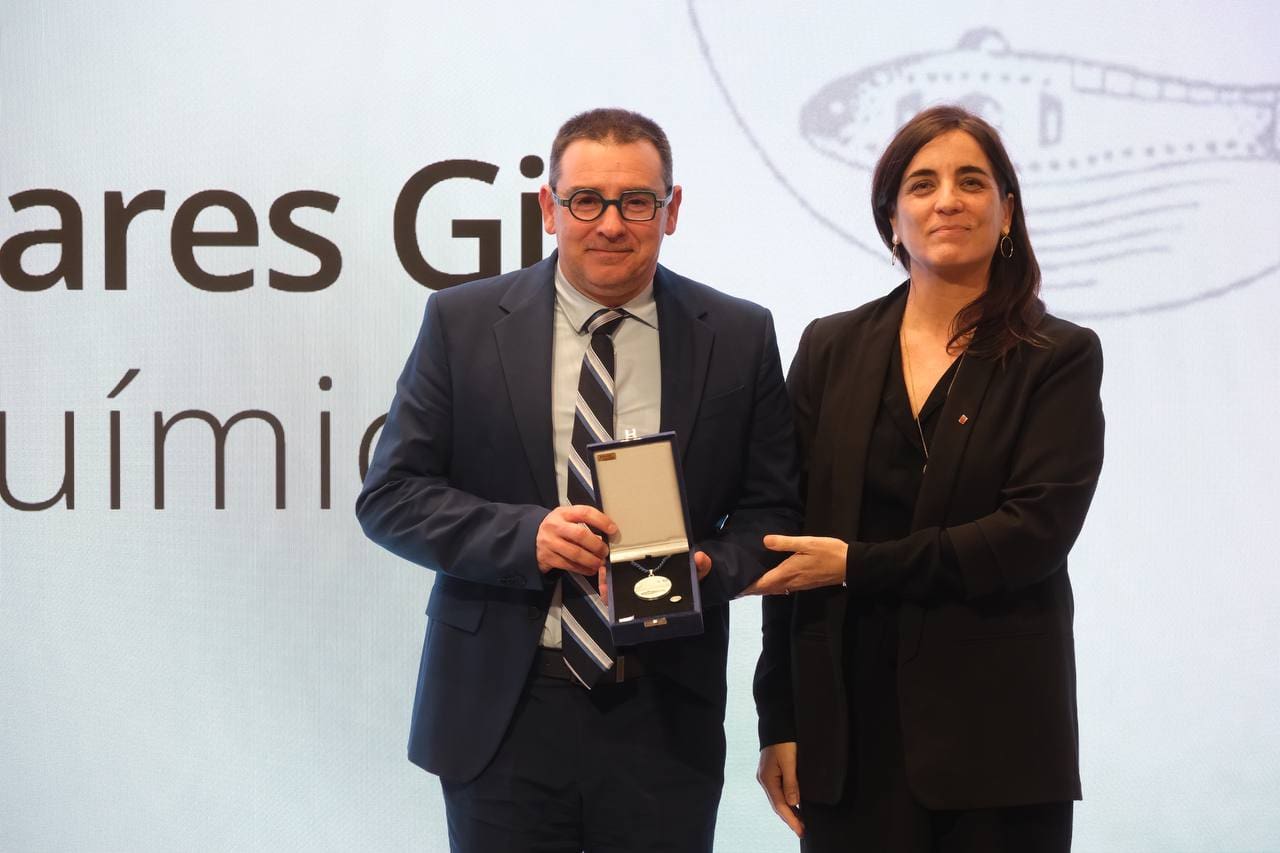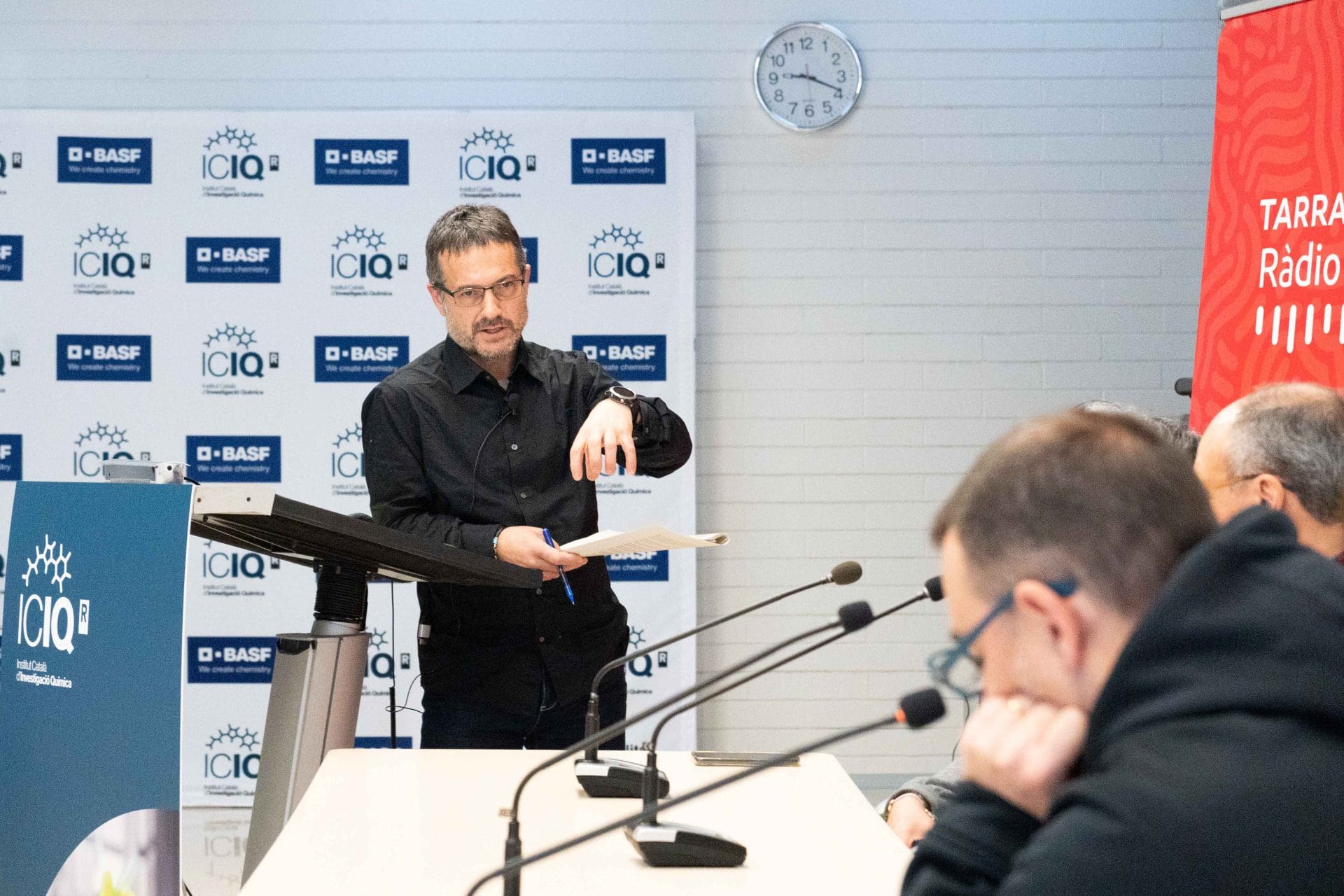New carbenoid species yields unexpected reactivity
19th December 2016 – The ‘radical carbenoid’, discovered by Dr. Suero and his group, allows stereoconvergent cyclopropanation reaction.
To day, chemists synthesize cyclopropanes using pure E or Z alkenes as starting materials and usually, dangerous, unstable reagents such as diazomethane or iodomethylzinc iodide. Now, a team of researchers in Dr. Suero’s group designed a new strategy that allows the stereoconvergent preparation of trans-cyclopropanes starting from E/Z alkene mixtures. Moreover, this photoredox catalytic method uses diiodomethane –a commercially available, easy to handle reagent– as the methylene source.

This paper represents the first proposal of the ‘radical carbenoid’, theoretically equivalent to a triplet carbene but with a completely unprecedented reactivity
This research represents the first example of a stereoconvergent cyclopropanation reaction. It is also the first proposal of a new type of carbenoid species, dubbed ‘radical carbenoid’, theoretically equivalent to a triplet carbene but with a completely unprecedented reactivity.
A Stereoconvergent Cyclopropanation Reaction of Styrenes
A. M. del Hoyo, A. G. Herraiz and M. G. Suero.
Angewandte Chemie, International Edition, 2016, DOI:
Related news

Let's create a brighter future
Join our team to work with renowned researchers, tackle groundbreaking
projects and contribute to meaningful scientific advancements






 27-03-2025
27-03-2025 



















